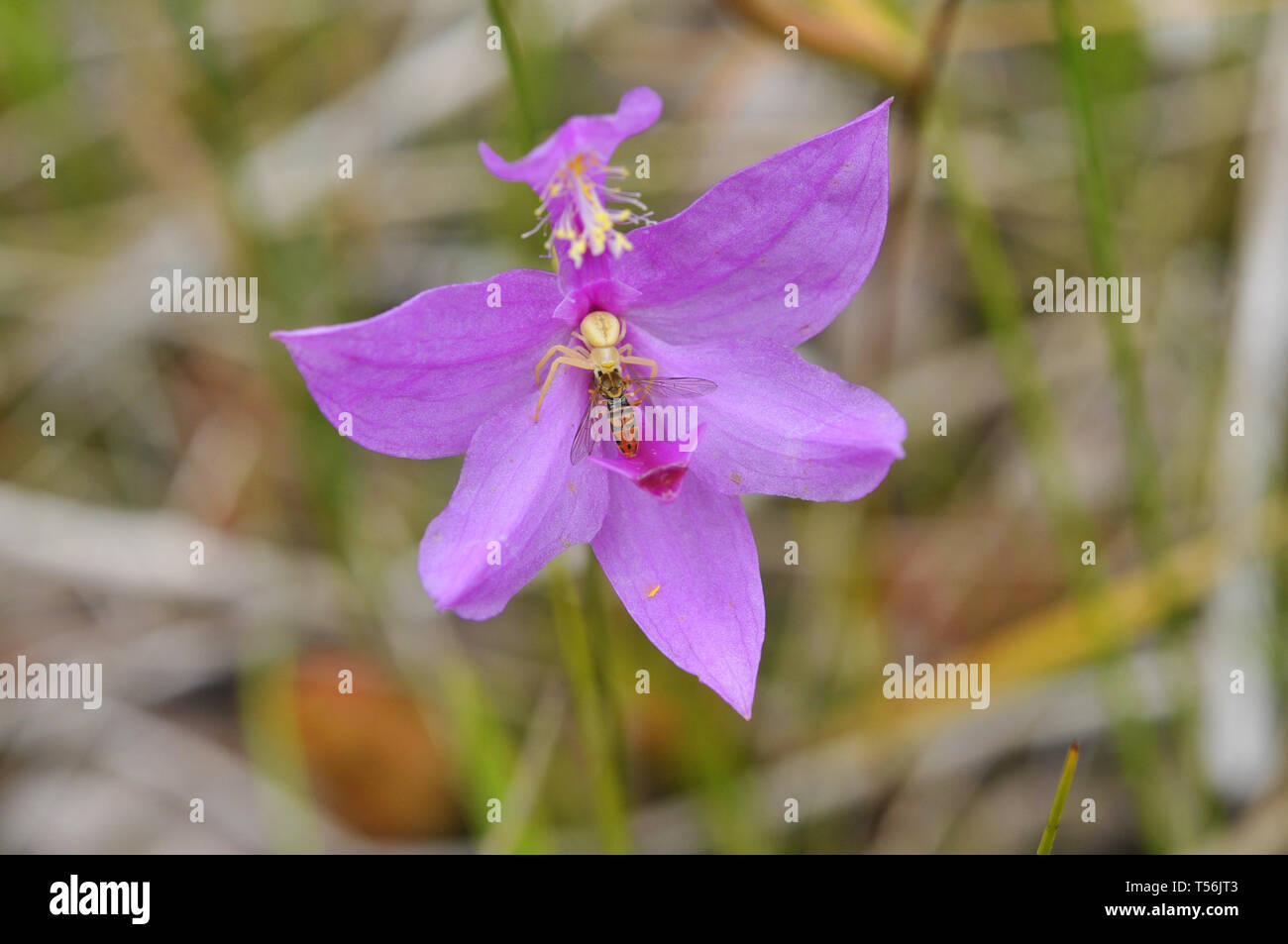Ever heard of an animal that's a quirky blend of squirrel and porcupine? Prepare to be amazed, because the North American pinequid exists, and it's more intriguing than you can imagine, their existence alone challenges our understanding of what's possible in the natural world.
These elusive creatures, native to the dense forests of North America, have captivated the minds of wildlife enthusiasts and researchers alike. The North American pinequid, with its mysterious nature, continues to fascinate those who dedicate their lives to studying wildlife. Their distinct physical attributes and unique behavior patterns offer a glimpse into the stunning diversity that characterizes our planet. Although their role in the ecosystem is undeniably significant, much about these remarkable beings remains shrouded in mystery, awaiting further exploration and discovery.
| Attribute | Details |
|---|---|
| Common Name | North American Pinequid |
| Scientific Classification | Rodentia Order |
| Habitat | Dense forests of North America (United States and Canada) |
| Diet | Herbivorous: Nuts, seeds, fruits, tree bark |
| Physical Characteristics |
|
| Conservation Status | Relatively Unknown |
| Ecosystem Role | Seed Dispersal, Influencing Predator-Prey Dynamics |
| Reference | National Wildlife Federation |
To truly appreciate the essence of the North American pinequid, we must immerse ourselves in their worldexploring their habitat, understanding their dietary preferences, and observing their intricate interactions with other species. By embarking on this journey, we hope to illuminate the lives of these extraordinary creatures and shed light on the challenges they face in the wild. Prepare to delve into the depths of the forest and discover what makes the North American pinequid so truly remarkable.
- Entdecke Mamitha Baijus Vater Wer Ist Baiju Wirklich Die Ganze Wahrheit
- Alaina Marie Mathers Alles Ber Eminems Adoptivtochter Karriere
The North American pinequid stands as a testament to nature's ingenuity, a creature that seamlessly blends the traits of squirrels and porcupines into a unique whole. Taxonomically, these animals are classified under the Rodentia order, a group that encompasses a vast array of species sharing common characteristics. Endemic to the dense forests of North America, the pinequid carves out its existence in the shadows of towering trees, far from the prying eyes of human observers. While they may bear superficial similarities to both squirrels and porcupines, a closer examination reveals a suite of distinctive features that set them apart, marking them as truly exceptional beings in their own right.
One of the most striking aspects of the North American pinequid is its remarkable adaptability, an attribute that allows it to thrive in a diverse range of forest environments, from coniferous woods to deciduous forests. Their resilience in the face of changing climates and fluctuating food availability underscores their importance as integral components of the ecosystem. By studying these creatures, researchers gain invaluable insights into the intricate dynamics of forest ecosystems, unraveling the threads that connect species and habitats in a delicate web of interdependence.
Where do North American pinequids reside? The answer lies in the wooded expanses of North America, particularly within the borders of the United States and Canada. Here, these creatures find solace and sustenance in habitats characterized by dense tree coverage, which provides both shelter from the elements and a readily available source of nourishment. Often, the pinequid's habitat overlaps with that of other forest-dwelling species, fostering a vibrant and dynamic ecosystem teeming with life.
- Wer Ist Wirklich George Clooneys Frau Alles Ber Amal Clooney
- Matthew Perry 2024 Wird Der Schauspieler Prsident Die Gerchte
In their quest for suitable homes, North American pinequids exhibit a clear preference for forests boasting tall trees and a lush understory. Among the forest types commonly inhabited by these animals are coniferous forests, with their evergreen canopies providing year-round cover; deciduous forests, where vibrant foliage paints the landscape in a kaleidoscope of colors; and mixed forests, where coniferous and deciduous trees intertwine in harmonious coexistence.
The physical characteristics of the North American pinequid serve as a testament to the wonders of natural selection, shaping its form and function to suit its forest environment. Ranging in body length from 12 to 18 inches, these creatures strike a balance between agility and sturdiness, allowing them to navigate the complexities of their arboreal world with ease. Their fur, a harmonious blend of brown and gray, provides excellent camouflage, enabling them to blend seamlessly with their surroundings and evade the watchful eyes of predators.
Among the most notable features of the North American pinequid are its sharp claws, which facilitate efficient climbing; its quill-like spines, which serve as a formidable defense against potential threats; and its long, bushy tail, which provides balance and agility as it navigates the treetops. These unique adaptations underscore the pinequid's mastery of its environment, allowing it to thrive in a world of towering trees and hidden dangers.
The diet of the North American pinequid reflects its status as a herbivore, with plant-based materials forming the cornerstone of its nutritional intake. From nuts and seeds to fruits and tree bark, these creatures display a diverse palate, sampling the bounty of the forest with gusto. Their feeding habits play a crucial role in seed dispersal and forest regeneration, contributing to the health and diversity of their ecosystem by ensuring the propagation of plant life across the landscape.
During different seasons, the diet of the North American pinequid undergoes significant variations, reflecting the changing availability of food resources in its environment. In the spring, they feast on young leaves and buds, savoring the tender shoots that emerge with the warming weather. Summer brings an abundance of berries and fruits, providing a sweet and juicy treat to fuel their activities. As fall arrives, they turn their attention to nuts and seeds, stockpiling provisions to sustain them through the cold winter months. And when winter's icy grip tightens, they rely on bark and twigs to provide essential nutrients until the return of spring.
North American pinequids exhibit complex social behaviors, despite their reputation as primarily solitary animals. While they typically prefer to roam the forests alone, they may gather in small groups during the mating season, forming temporary bonds that facilitate reproduction. Their interactions with other species in the forest ecosystem play a vital role in maintaining ecological balance, shaping the dynamics of predator-prey relationships and influencing the distribution of resources.
Some of the daily activities of the North American pinequid include climbing trees in search of food, a task they undertake with skill and agility; grooming to maintain their fur and quills, ensuring they remain in optimal condition for both warmth and defense; and vocalizing to communicate with others, conveying messages of warning, courtship, or territorial defense.
The lifecycle of the North American pinequid begins with mating, a ritual that typically occurs in the spring as the forests awaken from their winter slumber. After a gestation period of approximately 60 days, females give birth to litters of two to four young, nurturing them in hidden dens nestled among the trees. The young are born with soft spines that gradually harden as they mature, preparing them for the challenges of life in the wild.
Young North American pinequids develop rapidly, learning essential survival skills from their mothers as they navigate the complexities of their forest environment. By the age of six months, they are ready to venture out on their own, embarking on an independent journey that will test their resourcefulness and resilience.
North American pinequids occupy a crucial niche in the forest ecosystem, contributing to its health and stability in a variety of ways. As seed dispersers, they play a vital role in promoting the growth and diversity of plant species, ensuring the regeneration of forests for generations to come. Their presence also influences the behavior of predators and other herbivores in the area, helping to maintain a delicate ecological balance that sustains the entire community.
The interactions between North American pinequids and other species are complex and dynamic, reflecting the intricate web of relationships that binds the forest ecosystem together. They serve as prey for larger predators, such as hawks and foxes, providing sustenance for these carnivores and helping to regulate their populations. At the same time, they compete with other herbivores for food resources, shaping the distribution of plant life and influencing the dynamics of competition within the community. Understanding these relationships is essential for preserving the health of the ecosystem, ensuring that all species have the opportunity to thrive in harmony.
Despite their adaptability and resilience, North American pinequids face several threats in the wild, jeopardizing their survival and threatening the delicate balance of the forest ecosystem. Habitat destruction due to deforestation and urbanization poses a significant risk, as it reduces the amount of suitable habitat available to these creatures and fragments their populations. Additionally, climate change affects the availability of food resources and suitable habitats, further challenging their existence by altering the conditions they depend on for survival.
Conservation organizations and researchers are actively working to protect North American pinequids and their habitats, implementing a range of initiatives aimed at safeguarding these remarkable creatures for future generations. These initiatives include establishing protected forest areas to safeguard their natural habitats, monitoring population levels to ensure their survival, and promoting sustainable forestry practices to minimize environmental impact.
Research on North American pinequids continues to uncover new insights into their behavior and ecology, expanding our understanding of these fascinating creatures and informing conservation efforts aimed at protecting them. Scientists are studying their genetic makeup to understand evolutionary relationships, conducting behavioral studies to observe social interactions, and performing ecological assessments to evaluate habitat requirements. These findings are crucial for developing effective conservation strategies that address the specific needs of North American pinequids and ensure their long-term survival.
Some notable studies on North American pinequids include genetic analysis to understand evolutionary relationships, behavioral studies to observe social interactions, and ecological assessments to evaluate habitat requirements, each contributing to a more comprehensive understanding of these enigmatic creatures.
The North American pinequid is a remarkable creature that deserves greater recognition and protection, its unique blend of traits and its vital role in the ecosystem making it an invaluable part of North American forests. Understanding and conserving the North American pinequid is essential for preserving the delicate balance of the forest ecosystem, ensuring that future generations can marvel at its beauty and appreciate its significance.
We encourage readers to share this article and support conservation efforts to protect these incredible animals, raising awareness and taking action to ensure a brighter future for the North American pinequid and the habitats they inhabit. For further reading, explore our other articles on wildlife and environmental conservation.
References:
- Smithsonian National Museum of Natural History
- U.S. Fish and Wildlife Service
- World Wildlife Fund



Detail Author:
- Name : Jesus Schaden
- Username : lilian03
- Email : kris.kuvalis@smitham.biz
- Birthdate : 1987-12-27
- Address : 9949 Kaylie Forest Titofurt, CO 38776-7315
- Phone : +1-240-329-5934
- Company : Moen, Senger and Beier
- Job : Amusement Attendant
- Bio : Illo rerum nulla numquam qui necessitatibus quo rerum. Rerum non placeat delectus nobis qui in. Quo nemo consequuntur ut dicta.
Socials
twitter:
- url : https://twitter.com/osinski2016
- username : osinski2016
- bio : Et corporis aut qui sunt voluptatum. Occaecati ratione qui numquam consequuntur et non aliquam deleniti.
- followers : 1386
- following : 68
tiktok:
- url : https://tiktok.com/@osinskiw
- username : osinskiw
- bio : Omnis nihil harum accusamus omnis. Ipsum eaque alias nisi adipisci et est.
- followers : 4857
- following : 2060